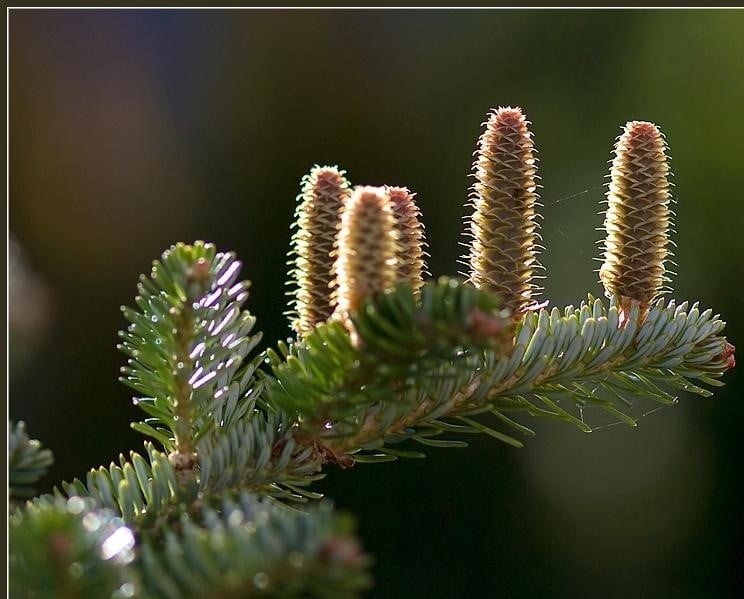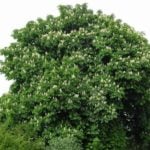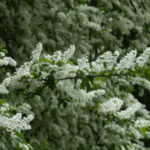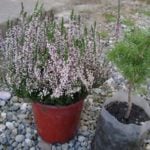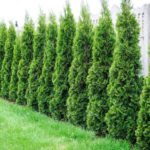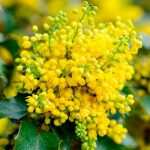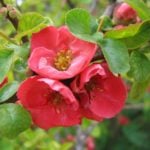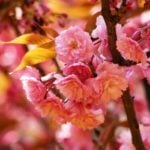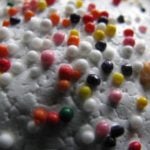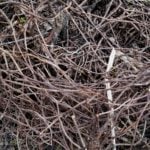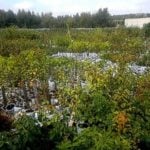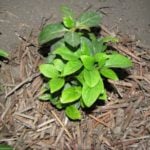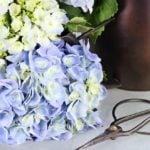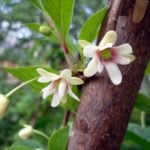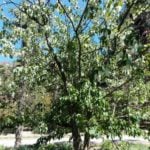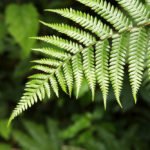If you arrange a beauty contest among coniferous perennials, the abii of the genus Pinaceae could easily take first place in it. Dressed in a fluffy fur coat, with vertically standing cones of candlesticks, abii ennoble any (even very modest) suburban area.
Coniferous beauty is famous for its resinous-tart aroma, which has healing properties. Its smell kills pathogenic microbes – it’s just a storehouse of volatile substances that perfectly disinfect the air. It is believed that the smell of abies can warm the suffering soul, inspire optimism, relieve depression. It is not for nothing that many northern peoples consider Abies to be a sacred tree to this day. Want to add some health and peace of mind? Plant Abies in the garden. She loves shade, so you can choose to plant the most shaded areas of your garden.
Abies has more than 50 varieties: from ornamental shrubs no higher than 50 cm (1.6 ft) to tall (20-40 m/21.9-43.7 yard) trees. Almost all species of coniferous beauties have a pyramidal structure of the crown, branches of a wide shape with fluffy needles, on which there are oval cones of brown, purple-blue, purple or yellow color. Imbued with the healing properties of abies, its decorative charm, frost resistance and unpretentiousness, I decided to plant a few trees on my country plot, because the territory allows it.
Care for Abies
While my Abi was gaining strength, I was just shaking them. Every day I looked: do they have enough moisture? have the branches been grafted? The mulching circle is made with a diameter of 50 cm/1.6 ft (later expanded to 1 m/ 3.3 ft), and every September, freeing the foot of the trees from weeds, sprinkle the circle with sawdust (you can use peat). The roots of abies grow horizontally, so the first 2 years after planting for the winter, I covered the mulch with lapnik (3 years after planting, Abies no longer needs shelter for the winter).
Watered on particularly dry days, remembering that Abies does not like waterlogging. Fertilize the seedlings for 2 years after planting is not necessary. But from the 3rd year, it is necessary to apply 200 g (7 oz) of universal fertilizer once a season for each tree. By the way, the lower branches of trees perfectly take root themselves, but you can “help” them a little – sprinkle with humus. Abies is not a sissy, but she is not very easy to care for. She loves constancy and is able to live in one place for 200-300 years. In pruning almost does not need, and if you still find it necessary to cut branches from the general composition, use ordinary garden shears and cut the branches no more than 1/3.
Taking care of the abysses gave me an incomparable pleasure, I liked to be near my trees, inhaling their resinous aroma with all my chest. And indeed-the soul became light and pleasant. But there is no barrel of honey without a small fly in the ointment. Beautiful abi, loves harmful adelgid. To protect the trees from such misfortunes, I sprayed the branches with insecticides and sulfur colloid several times during the season.
Types Of Abies
I present to you the three most popular types of Abi.
Fir Korean
Korean fir reaches a height of 15 m (16.4 yard), has a wide conical crown and short juicy needles. Its branches grow in layers, and the cones look like small purple cylinders (4-7 cm/2-2.75 in). Korean fir-the most hardy variety, has several subspecies that differ from each other in size and shape of the crown.

Balsam fir
Balsamic fir can grow up to 20 m (21.9 yard) in height under favorable conditions. The crown is dense, low-hanging, hiding tiered branches-spruce and spruce. The cones are decorative, purplish-purple. The needles are green above and below and have a white tint. It is frost-resistant and is famous for its healing properties.

White fir
White spruce is a luxurious tree, reaching 15 m (16.4 yard) in height, with a dense pyramidal crown and branches growing parallel to the ground.

Spruce needles are used to produce the famous fir oil, which is used in medicine, cosmetology and phototherapy, and the bark of spruce accumulates healing resins, from which camphor is made. So what? I have convinced you that fir is simply necessary to have on your dacha plot? And if the area of the plot does not allow you to plant tall fir trees, then you can limit yourself to dwarf varieties.
